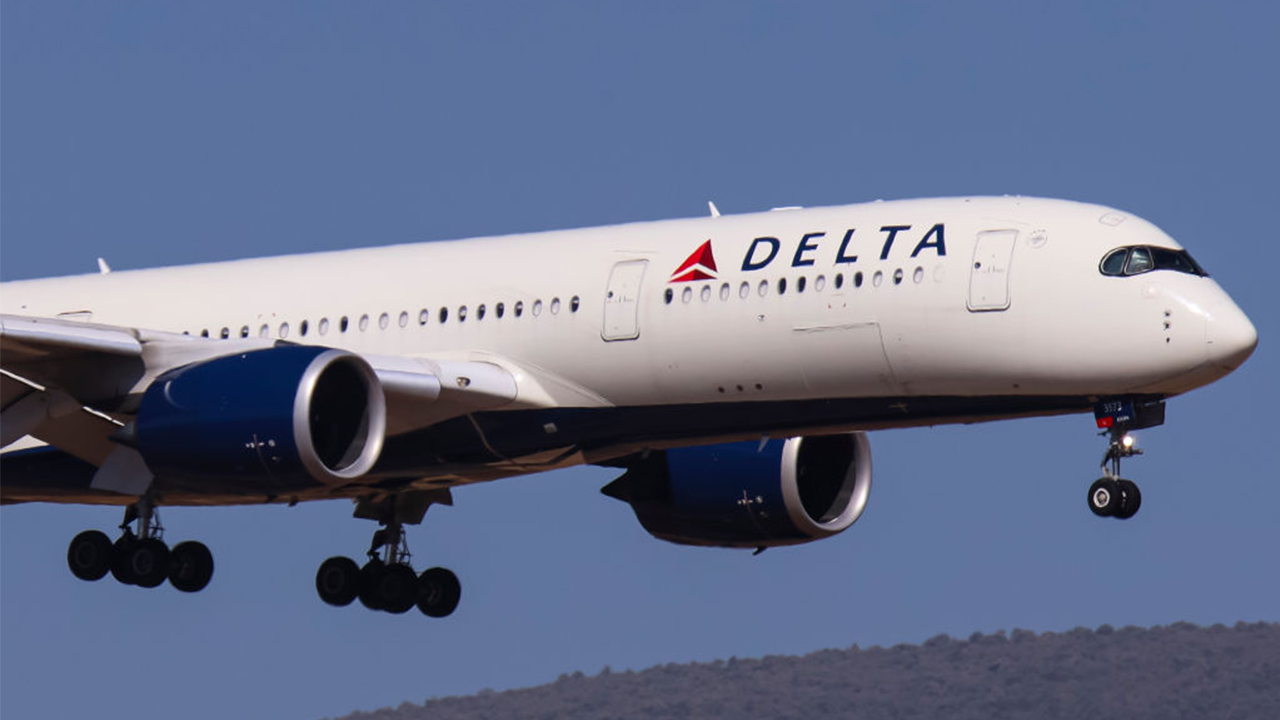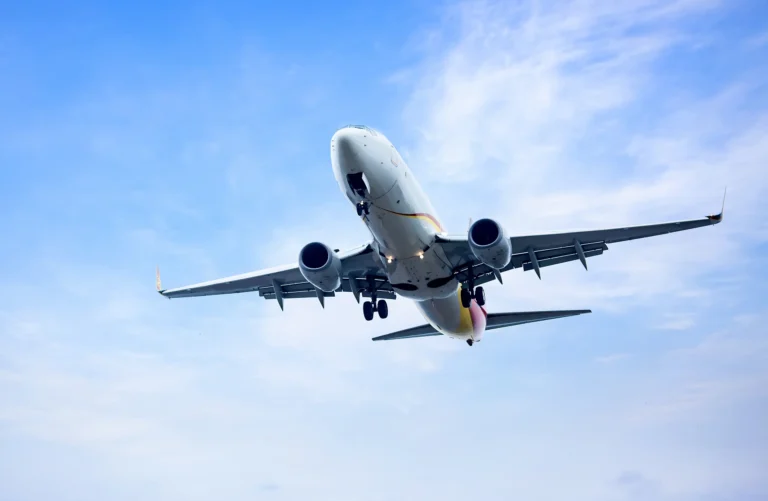Delta Flight DL275 Diverted LAX
Air travel is full of surprises, and when it comes to high-traffic routes like Delta Flight DL275, unexpected changes can quickly spark interest. One such event that drew attention recently was the diversion of Delta Flight DL275 to LAX. For travelers, aviation enthusiasts, or those affected by this flight, understanding what happened, why it occurred, and what comes next is essential.
Let’s dive into the key details surrounding Delta Flight DL275 diverted LAX and what it means for passengers and aviation operations.
Understanding Delta Flight DL275: A Routine Long-Haul Service
Delta Air Lines Flight DL275 is typically a long-haul international route. While routes may vary depending on the season and airline logistics, it is often scheduled between major international hubs such as:
- Tokyo Haneda (HND) to Atlanta (ATL)
- Or other variations involving international U.S. gateways
This particular flight is operated using large aircraft like the Airbus A350 or Boeing 777, given its long duration and high passenger volume.
When DL275 was diverted to Los Angeles International Airport (LAX), many passengers and flight trackers were caught off guard.
Why Was Delta Flight DL275 Diverted to LAX?
Flight diversions happen for several reasons. In the case of Delta Flight DL275 diverted LAX, the cause was not officially disclosed immediately, but common reasons for such events include:
1. Medical Emergency Onboard
Sometimes, if a passenger or crew member experiences a medical issue mid-flight, the pilot may request a diversion to the nearest major airport with medical facilities. LAX, being a massive international hub, is well-equipped for such scenarios.
2. Technical or Mechanical Issues
Aircraft systems are highly monitored. If there’s even a small technical concern, pilots will follow standard operating procedures to ensure passenger safety, which may include a diversion.
3. Weather Conditions at Original Destination
Severe storms, low visibility, or crosswinds can cause rerouting. If the original destination, such as Atlanta or another U.S. city, was facing bad weather, LAX could serve as an alternative.
4. Airspace or Runway Congestion
Sometimes, the diversion is not due to onboard issues but because of congestion or delays at the destination airport.
Tracking Delta DL275: What Data Reveals
According to flight tracking services and aviation reports:
- Flight DL275 took off on schedule from its departure city.
- While en route, it made an unplanned landing at Los Angeles International Airport (LAX).
- Estimated and actual arrival times were updated on platforms like FlightAware, showing the unscheduled LAX stop before the flight either continued or passengers were rebooked.
Historical tracking and ADS-B data help aviation fans analyze altitude drops, holding patterns, and flight path changes leading up to the diversion.
How Are Passengers Affected by a Diversion Like DL275 to LAX?
For those on board, a diversion can mean several things:
– Delays and Missed Connections
Passengers with connecting flights from the original destination might miss their next leg of travel.
– Logistical Rebooking
Delta Airlines typically works fast to rebook passengers or resume the flight once the situation stabilizes.
– Accommodation and Compensation
In some cases, especially for long-haul flights, Delta may provide hotel accommodations, food vouchers, and rebooking services at no extra cost.
Delta’s Response and Passenger Safety Commitment
Delta Air Lines has a strong safety and customer service record. In situations like DL275’s LAX diversion, their teams on the ground and in the air act swiftly. While no airline enjoys diverting a flight—it’s costly and disruptive—it’s always done with passenger safety as the top priority.
Passengers are often updated via onboard announcements, and in-flight Wi-Fi may also allow them to inform family and employers about delays.
Can You Prevent Trouble During Diversions?
While diversions like DL275’s unexpected landing at LAX are rare, travelers can prepare by:
- Booking longer layovers for international connections
- Enrolling in airline apps for real-time updates
- Carrying essentials like medication, snacks, and chargers onboard
What Happens After the Diversion?
Depending on the cause and severity:
- The plane may be inspected and cleared to continue its journey
- Passengers may be transferred to another flight
- Delta may provide ground transportation or overnight stays
Flight status pages and Delta’s official website often display new departure and arrival times after diversions like DL275 diverted LAX.
Conclusion: DL275’s Diversion to LAX is a Reminder of Aviation’s Complexity
The diversion of Delta Flight DL275 to LAX serves as a perfect example of the dynamic nature of aviation. Whether caused by medical needs, mechanical concerns, or weather, such events underscore the importance of safety, preparedness, and professional airline operations.
Next time you board a flight, know that behind the scenes, teams of experts are ready to ensure your journey is safe—even if it includes an unexpected stop.
FAQs About Delta Flight DL275 Diverted to LAX
Q: What is the typical route of Delta DL275?
A: It often operates between Tokyo Haneda and Atlanta, but routes can vary.
Q: Why was DL275 diverted to LAX?
A: While the exact reason isn’t always disclosed, common causes include medical emergencies, technical issues, or bad weather.
Q: Did passengers reach their original destination?
A: In most cases, airlines like Delta ensure passengers are either rebooked or resume the journey once it’s safe.
Q: Can I get compensation for a diverted flight?
A: It depends on the cause. For airline-related issues, you may be eligible for rebooking, lodging, or vouchers.
Q: How can I track DL275 flights in real-time?
A: Use flight tracking websites like FlightAware or Delta’s official site for live updates.






